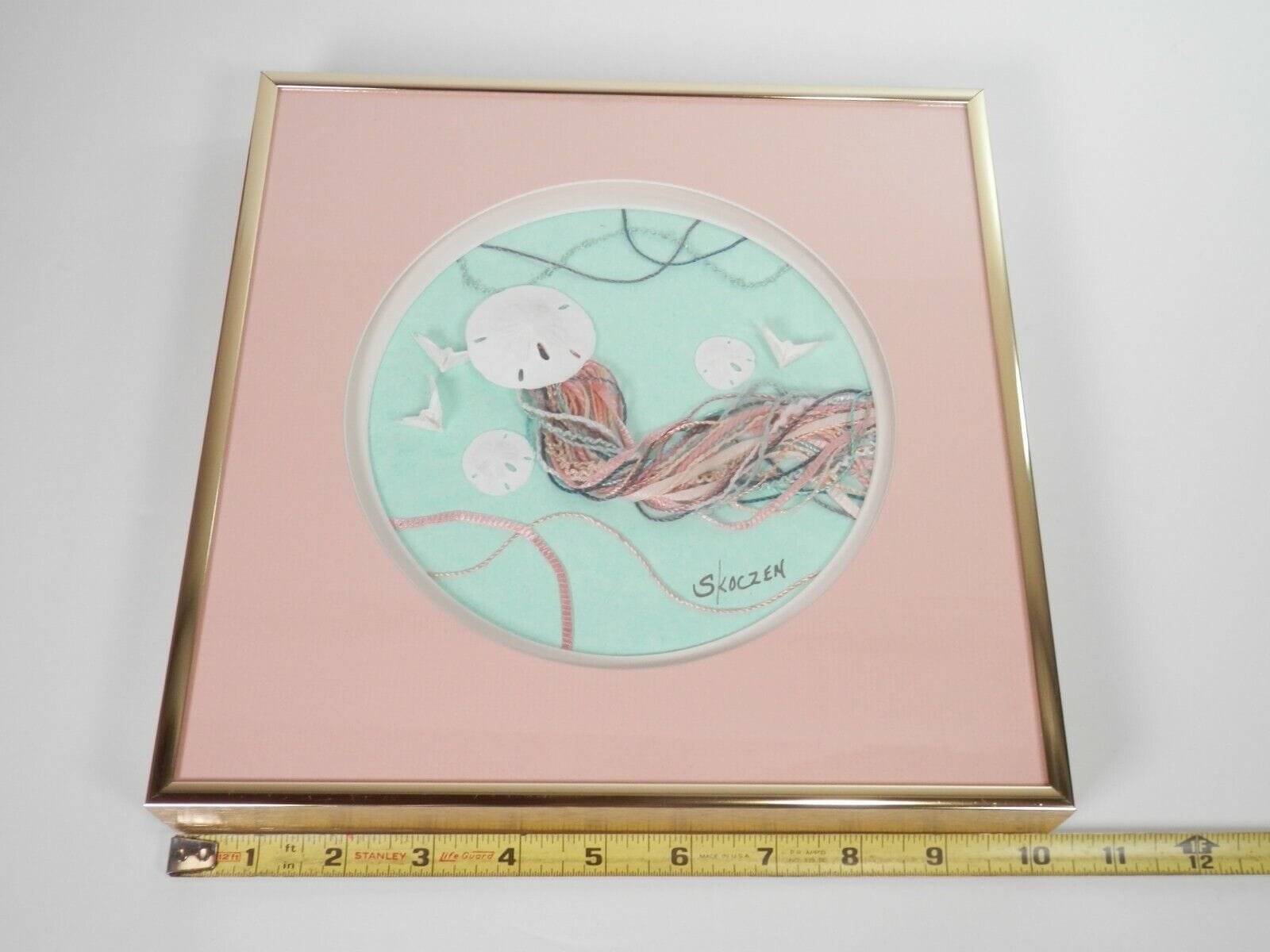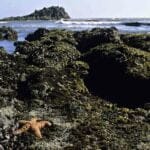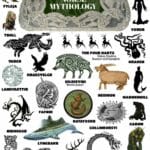Sand dollars, those delicate, disc-shaped wonders often found adorning beaches, evoke a sense of tranquility and mystery. Many associate them with a charming legend linking them to doves, symbols of peace. This article delves into the fascinating intersection of science and symbolism surrounding these intriguing sea creatures, separating fact from folklore while exploring the rich cultural interpretations they inspire.
Decoding the “Doves” Inside
We’ve all probably stumbled upon them – bleached white sand dollars scattered across the shoreline. Often mistaken for shells, these intriguing objects are actually the skeletal remains, or tests, of flattened sea urchins. A closer examination reveals an even more captivating detail: the so-called “doves” nestled within. These delicate, bird-like structures, often five in number, aren’t actual doves, but parts of the sand dollar’s intricate feeding apparatus known as Aristotle’s lantern. This “lantern” consists of five jaws and teeth used to grind food. When a sand dollar dies, its soft tissues decompose, leaving behind the hard skeletal test and the detached components of the lantern, which, when dried, resemble tiny white doves. This biological reality, while less romantic than the legend, offers a fascinating glimpse into the sand dollar’s life beneath the waves.
The Legend of the Dove and the Sand Dollar
The heartwarming tale connecting sand dollars and doves speaks of a dove landing on a sand dollar, leaving its imprint behind. This imprint, the legend claims, is the source of the dove-like shapes inside. Some versions even incorporate a poem, weaving a narrative of hope, peace, and goodwill. While charming, this legend adds a layer of mystique to an already intriguing natural object. It’s this blend of natural wonder and symbolic interpretation that continues to captivate our imaginations.
Unpacking the Symbolism
The symbolism associated with sand dollars extends beyond the doves. The five “doves” are sometimes interpreted as representing the five wounds of Christ, connecting the sand dollar to Christian symbolism. The four sections visible from above are sometimes linked to the four elements: earth, air, fire, and water. The star-shaped pattern on the top surface is often associated with the Star of Bethlehem, further strengthening its connection to Christian tradition, especially around Christmas. The underside’s resemblance to a poinsettia flower adds another layer of festive symbolism. This layering of meanings allows individuals to connect with the sand dollar on multiple levels, finding personal resonance in its various interpretations.
Beyond Christian symbolism, the sand dollar’s resilience against powerful ocean currents suggests strength and endurance. Its intricate design, often featuring a star-like pattern, evokes a sense of wonder and connection to the cosmos. The very act of discovering the hidden “doves” can be seen as a metaphor for uncovering hidden truths or seeking deeper meaning in life. This exploration of diverse interpretations invites us to contemplate the sand dollar’s symbolism within a broader context of human experience.
The Sand Dollar and Science
It’s important to note that the distinct “dove” shape is perhaps most prominent in the Keyhole Urchin, a close relative of the sand dollar. However, all sand dollars share a similar internal structure, including Aristotle’s lantern. So, whether you encounter a whole sand dollar or a fragmented one revealing its “doves,” you’re holding a piece of natural history. Ongoing research continues to unravel the mysteries surrounding echinoderms, the family to which sand dollars belong. Scientists are constantly learning more about their evolution, behavior, and ecological roles. While many questions remain, the sand dollar’s blend of scientific wonder and symbolic richness continues to inspire curiosity and awe.
What do the doves in the sand dollar mean?
The “doves” within a sand dollar, while scientifically explained as parts of its feeding mechanism, hold significant symbolic weight. Their delicate, bird-like appearance has evoked interpretations ranging from peace and goodwill to spiritual guidance. Their resemblance to doves, long-standing symbols of peace, likely contributes to this association.
Within Christian symbolism, the five “doves” are sometimes linked to the five wounds of Christ or the Holy Spirit. The poinsettia-like shape on the sand dollar’s underside further connects it to Christmas symbolism. This intersection of secular and Christian interpretations allows the sand dollar to resonate with diverse audiences.
What is the spiritual meaning of the sand dollar?
The sand dollar carries a rich tapestry of spiritual meanings, spanning various cultures and belief systems. Its intricate design and unique features inspire interpretations related to hope, peace, protection, and spiritual growth. The five-pointed star at its center is often seen as a symbol of guidance, protection, and connection to the divine. Some link the five points to the five wounds of Christ, while others associate the star with the Star of Bethlehem. This diversity of interpretations highlights the sand dollar’s ability to connect with individual beliefs and experiences.
The “doves” within further enrich the sand dollar’s spiritual symbolism, representing peace, tranquility, and spiritual comfort. The sand dollar’s journey from the ocean floor to the shoreline mirrors the cycle of life, death, and rebirth, suggesting themes of transformation and renewal. In some cultures, finding a sand dollar is considered a sign of good luck and prosperity, inviting positive energy and protection. It’s fascinating how a simple object can hold such profound meaning across diverse cultures and spiritual traditions.
Dive into the captivating world of Norse mythology with a comprehensive exploration of its legendary beasts, from fearsome wolves to enigmatic giants.
Discover the fascinating story behind the Santo Niño de Atocha, a beloved Mexican icon revered for bringing comfort and healing to those in need.
What is the story of the sand dollar in the Bible?
The popular “Sand Dollar Legend,” often shared around Easter and Christmas, weaves a symbolic narrative connecting the sand dollar’s features to the life of Christ. The five sections are likened to the Easter lily, symbolizing resurrection. The internal “doves” represent peace and the Holy Spirit. Four holes, sometimes present, are interpreted as the nail marks of the crucifixion, and the star-shaped pattern is linked to the Star of Bethlehem.
It’s crucial to clarify that this legend has no direct biblical basis. It’s a story of unknown origin that has resonated with many, particularly within Christian communities. While not scriptural, the legend’s enduring appeal reveals our inherent desire to find spiritual meaning in the natural world. It invites us to reflect on themes of creation, fragility, and interconnectedness.
Exploring the science of sand dollars—their classification as Echinarachnius parma, their habitat on sandy seafloors, their diet of microscopic algae, their life cycle, and ecological role—adds another layer of appreciation. This scientific understanding complements the symbolic interpretations, enriching our understanding of this unique creature. It reinforces the idea that even without a literal biblical connection, the sand dollar can inspire profound reflection and wonder.
- SYBAU See You Baby Meaning: Gen Z Slang Evolves - July 1, 2025
- Unlock Your Inner Youth: Lifestyle Secrets for a Vibrant Life - July 1, 2025
- Decode SYBAU Meaning: Gen Z Slang Explained - July 1, 2025







2 thoughts on “Sand Dollars & Doves: Unraveling the Legend and Exploring the Science”
Comments are closed.